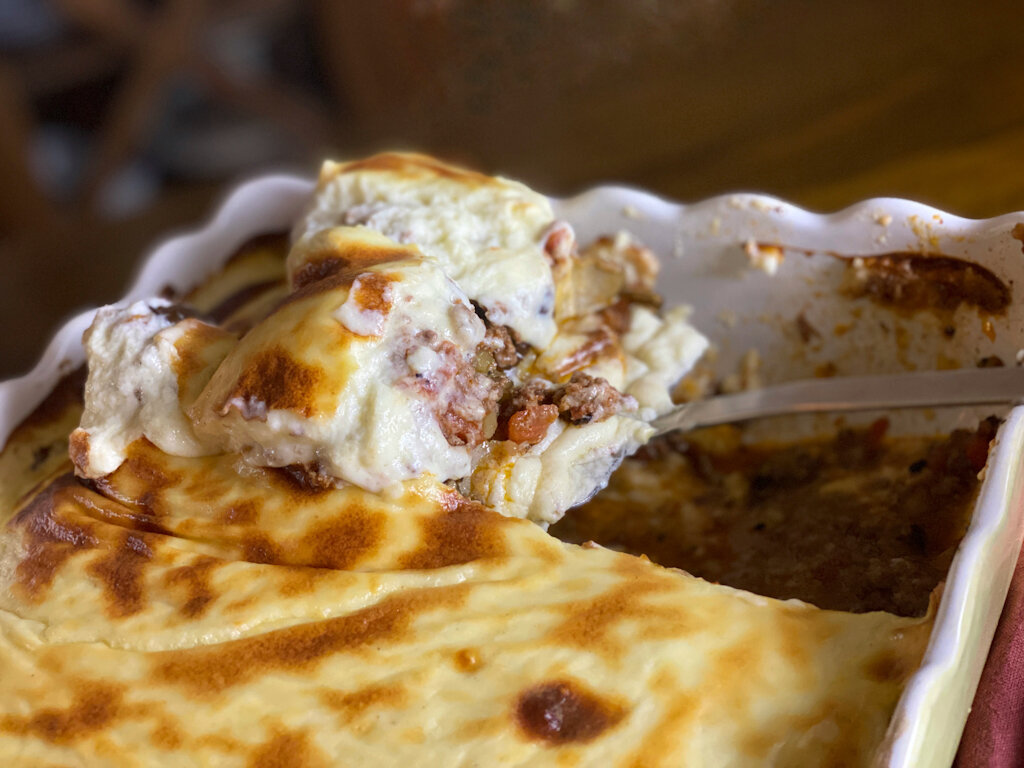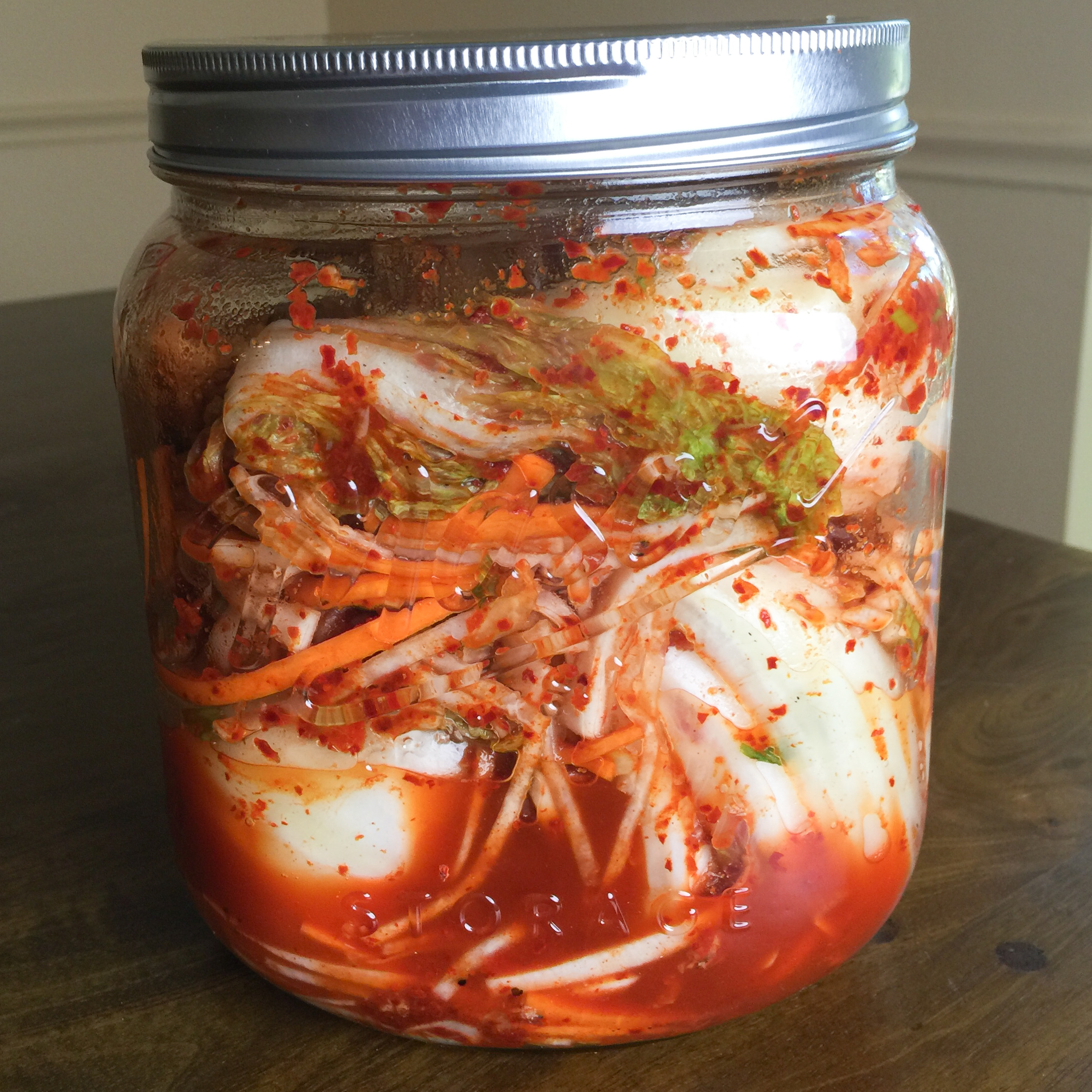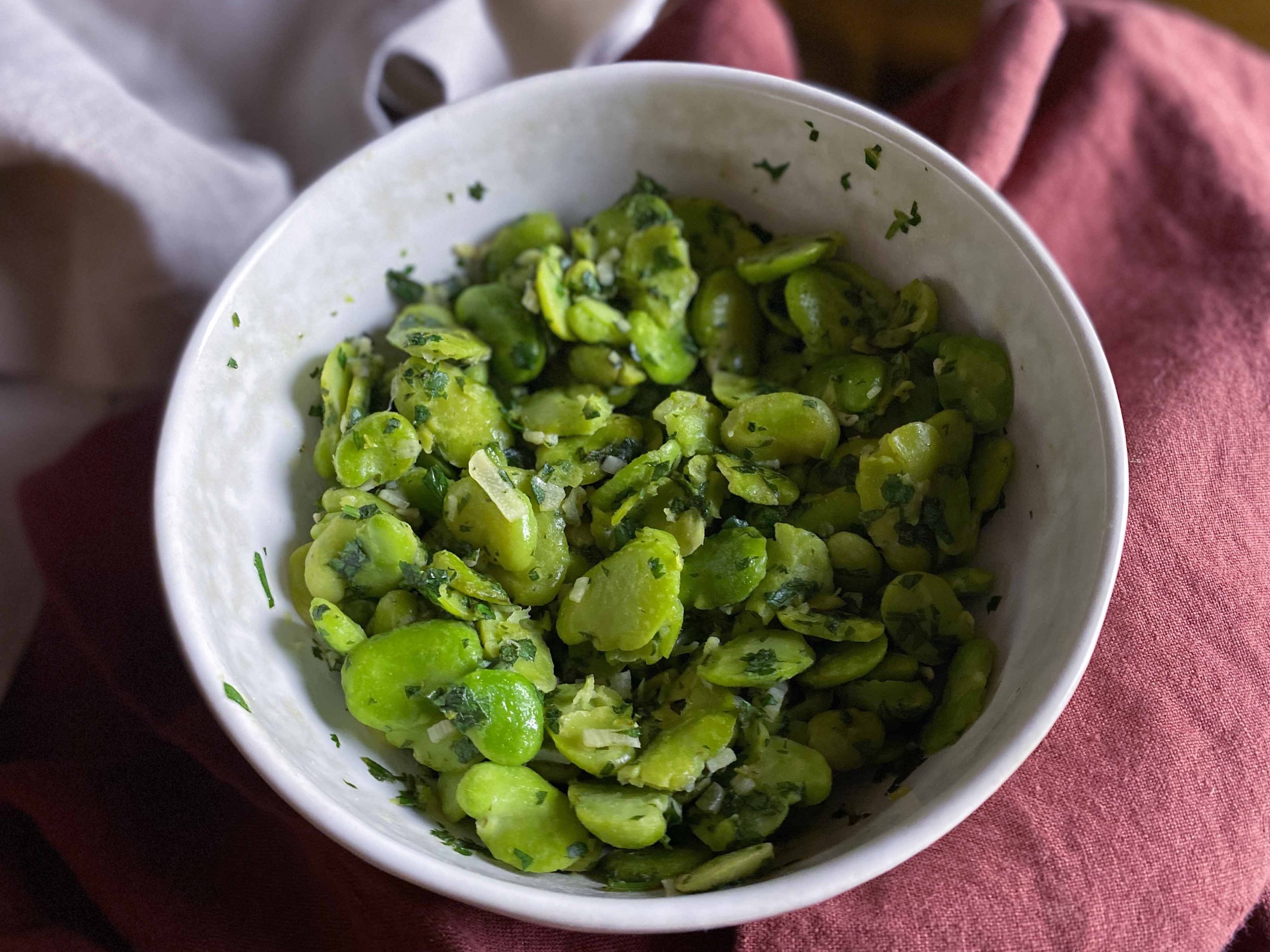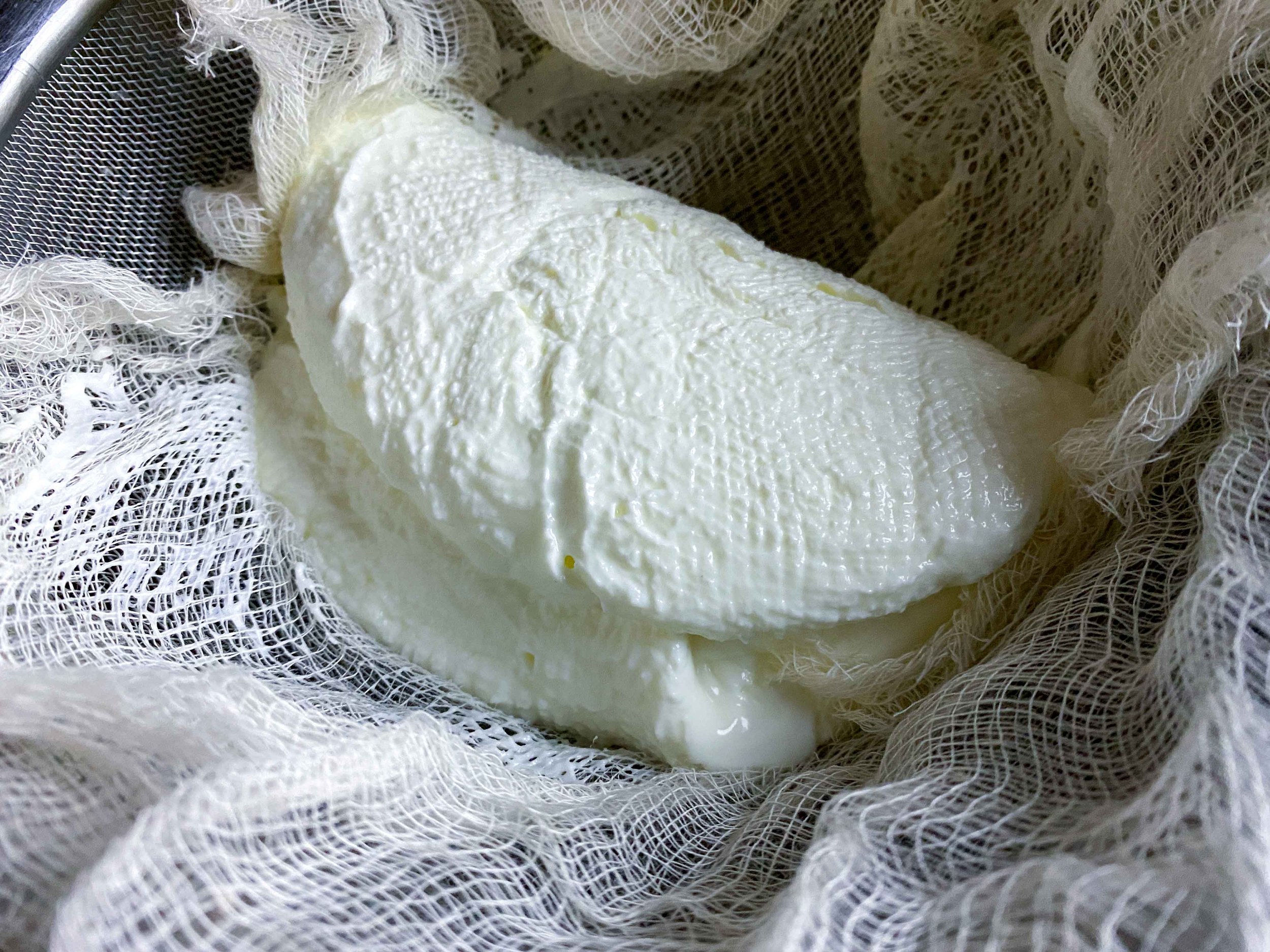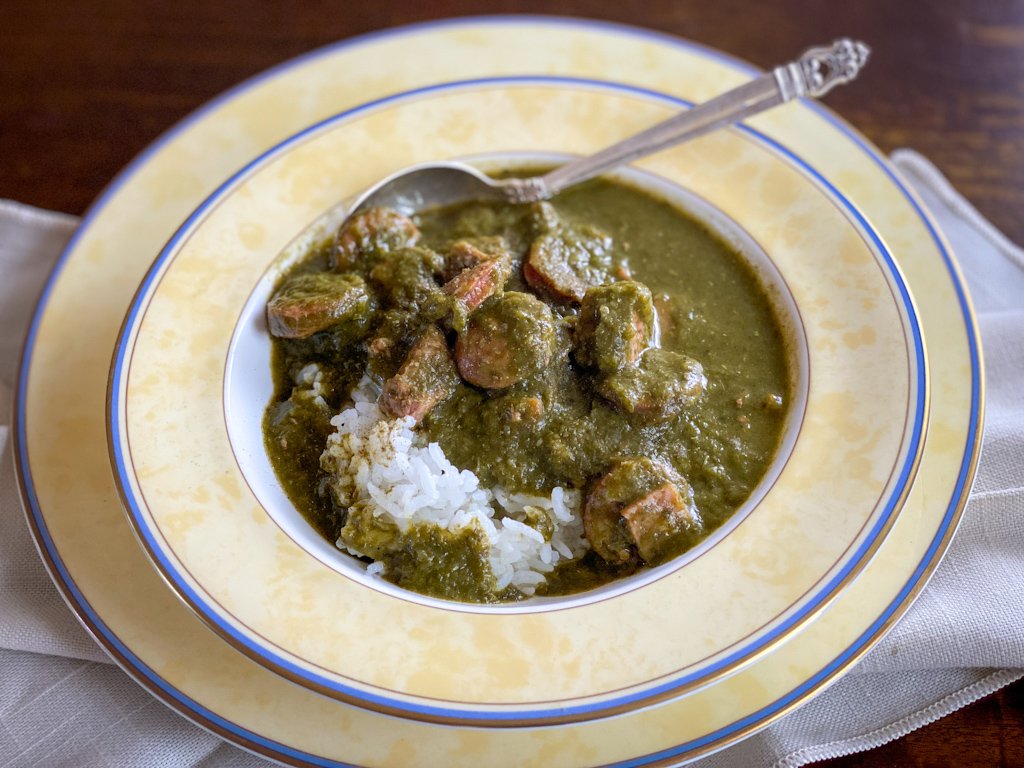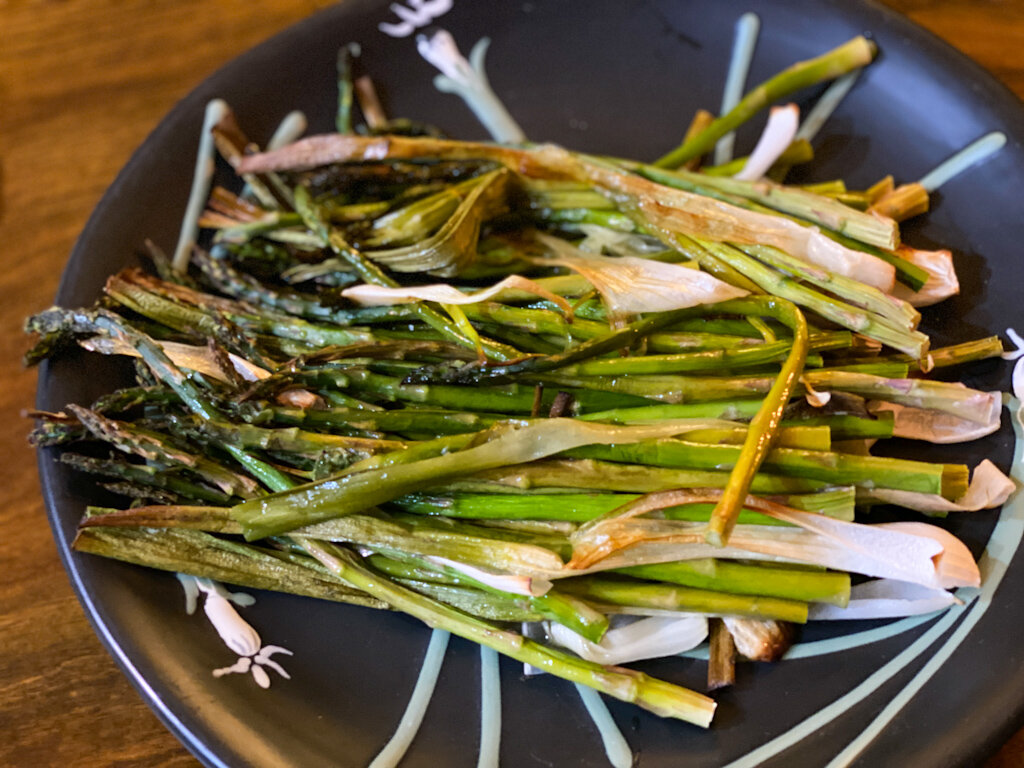Cooks Without Borders has been named the People’s Voice Best Personal Blog/Website in the 26th Annual Webby Awards Internet Celebration. Hailed as the “Internet’s highest honor” by The New York Times, The Webby Awards, presented by the International Academy of Digital Arts and Sciences (IADAS), is the leading international awards organization honoring excellence on the Internet. IADAS, which nominates and selects The Webby Award Winners, is comprised of Internet industry experts including Arlan Hamilton, Founder and Managing Partner, Backstage Capital; Ziwe Fumudoh, Comedian & Writer; Quinta Brunson, Writer, Director and Actor; Felecia Hatcher, CEO, Black Ambition, Sridhar Ramaswamy; Co-Founder & CEO, Neeva; David Droga; Founder and Chairman, Droga5, R/GA; Kerstin Emhoff, Co-Founder & CEO, PRETTYBIRD; Dan Pfeiffer, Co-Host, Pod Save America and Werner Vogels, VP & CTO Amazon.
This was the second Webby nomination for Cooks Without Borders, the international cooking website founded by Leslie Brenner in 2016. Webby judges make five nominations in each category, then go on to select the winner. Simultaneously, the public is invited to vote for a People’s Voice winner among the five nominees. This year Kyrie Irving’s personal blog won the juried prize.
“Cooks Without Borders has set the standard for innovation and creativity on the Internet,” said Claire Graves, Executive Director of The Webby Awards. “This award is a testament to the skill, ingenuity, and vision of its creators.”
“I’m absolutely gobsmacked that we have won the People’s Voice Webby,” said Brenner. “Humblest thanks to the judges for nominating Cooks Without Borders, and congratulations to Kyrie Irving and his team. I’m over-the-moon grateful to our readers for turning out in such great numbers to vote for us.”
Cooks Without Borders will be honored at the 26th Annual Webby Awards in New York City on May 16th, hosted by Roy Wood Jr.
Learn more about Cooks Without Borders.


